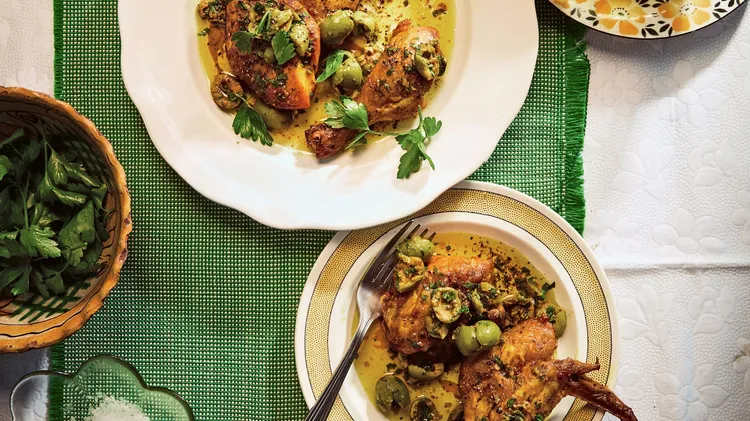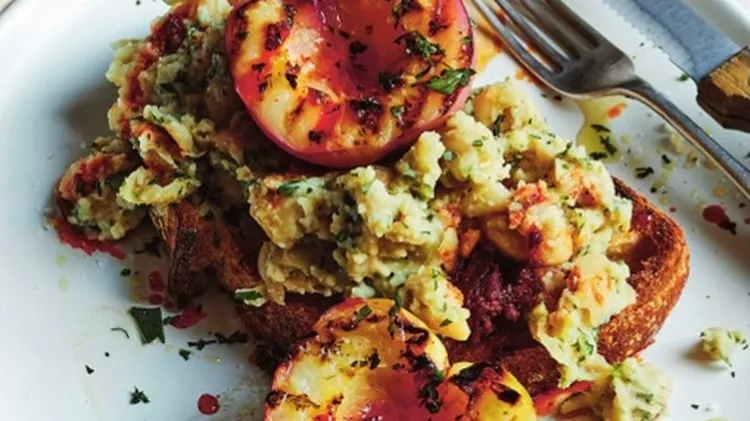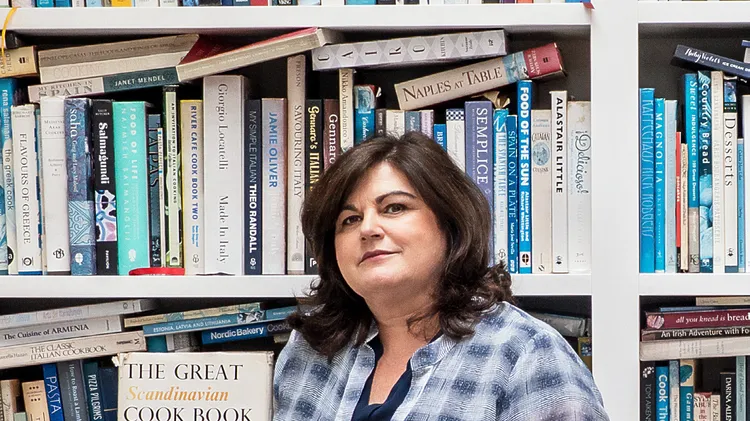Taking a deep dive into Seasoning – the third book from Angela Clutton – r
Cooks the books
4 min read
This article is from...
Read this article and 8000+ more magazines and newspapers on Readly






